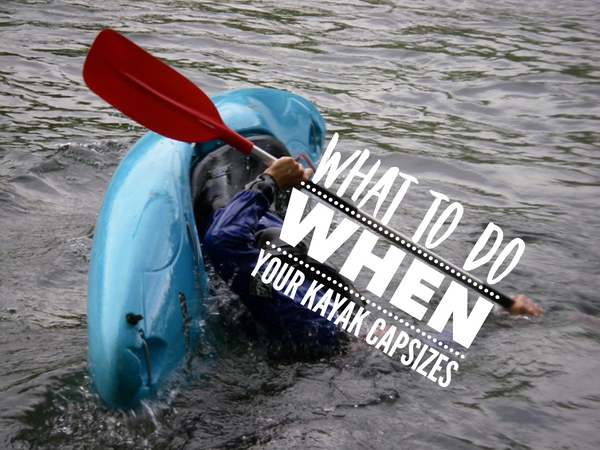Types of Personal Flotation Devices (PFDs)

Wherever your kayak or paddleboard takes you, whether a rocky coastline or pristine mountain lake, you should arrive prepared. A personal flotation device (PFD) is an essential piece of gear regardless of destination or experience level. But it seems like there are as many types of PFDs as there are adventures, so how do you find the right one?
Above all else, your PFD should be properly fitted and comfortable; after all, the most useful PFD is the one you’ll actually wear. It should feel a little tight when worn, as PFDs often slightly loosen up when wet. Vest-like PFDs should also fit relatively low on the torso so that you float higher in the water.
There are five main categories of PFDs (Types I through V) approved by the U.S. Coast Guard for various situations, but we’ll focus on the best types for kayaking and stand-up paddleboarding.
Type III: the Standard PFD
The Type III is probably the most common type of PFD for kayaking and paddleboarding due to its versatility. It’s a U.S. Coast Guard-approved model that is often shaped like a vest. It either slips on over the head or like a jacket, tightening with zippers and/or buckles. Internal foam provides buoyancy.
There are many benefits to the Type III. Internal foam makes the PFD buoyant; you don’t have to pull a tab to inflate it. There is usually plenty of storage, as many models come with pockets. Furthermore, maintenance is minimal for these life jackets. Simply keep it clean and away from sunlight when not in use, and it will last for years.
Type V: the Special-Use PFD
This category of life jacket is intended for specific, usually more demanding activities. Designs include vests for use in whitewater and other high-intensity sports, like water skiing. Some are a combination of Type III and inflatable. You must wear one for the duration of the sport or activity listed on the label for the U.S. Coast Guard to accept its use.
Type V PFDs may include lots of pockets and activity-specific features, but they can be bulky and much more expensive. While they may be the best investment for experienced water-goers, you shouldn’t wear a rescue PFD, for example, if you don’t know how to use one.
The Inflatable PFD
Inflatable life jackets are unique in that they can fall into either the Type III or Type V category depending on their construction. They are worn as a vest or waist belt. The biggest benefit to an inflatable PFD is its minimalist design, staying out of your way until you need it. Some inflate automatically when submerged, while others require the wearer to manually pull a tab.
The automatic PFD requires no action, so it can be great for kids. However, when the nature of the activity leads to getting wet and swimming a lot (a beginner paddleboarder, for instance), a manual inflatable PFD would be the better choice, as you wouldn’t want it to inflate unnecessarily.
Maybe your next trip involves tossing over the fishing anchor and catching dinner. Or perhaps you want to test your limits in the surf with a sleek stand up paddleboard. Now that you have an idea about different types of PFDs, you’re ready to find that perfect fit!
Leave a comment
Comments will be approved before showing up.
Also in Blog

How to Choose the Right Kayak Anchor
Choosing the right kayak anchor can make all the difference when it comes to staying steady on the water. This guide walks you through everything you need to know about selecting the perfect folding kayak anchor

What To Do When Your Kayak Capsizes
Although kayaks are designed for stability no matter the conditions, accidents happen and knowing what to do can help you avoid an unpleasant experience. Preparedness and technique are key components to controlling a sometimes scary situation.


